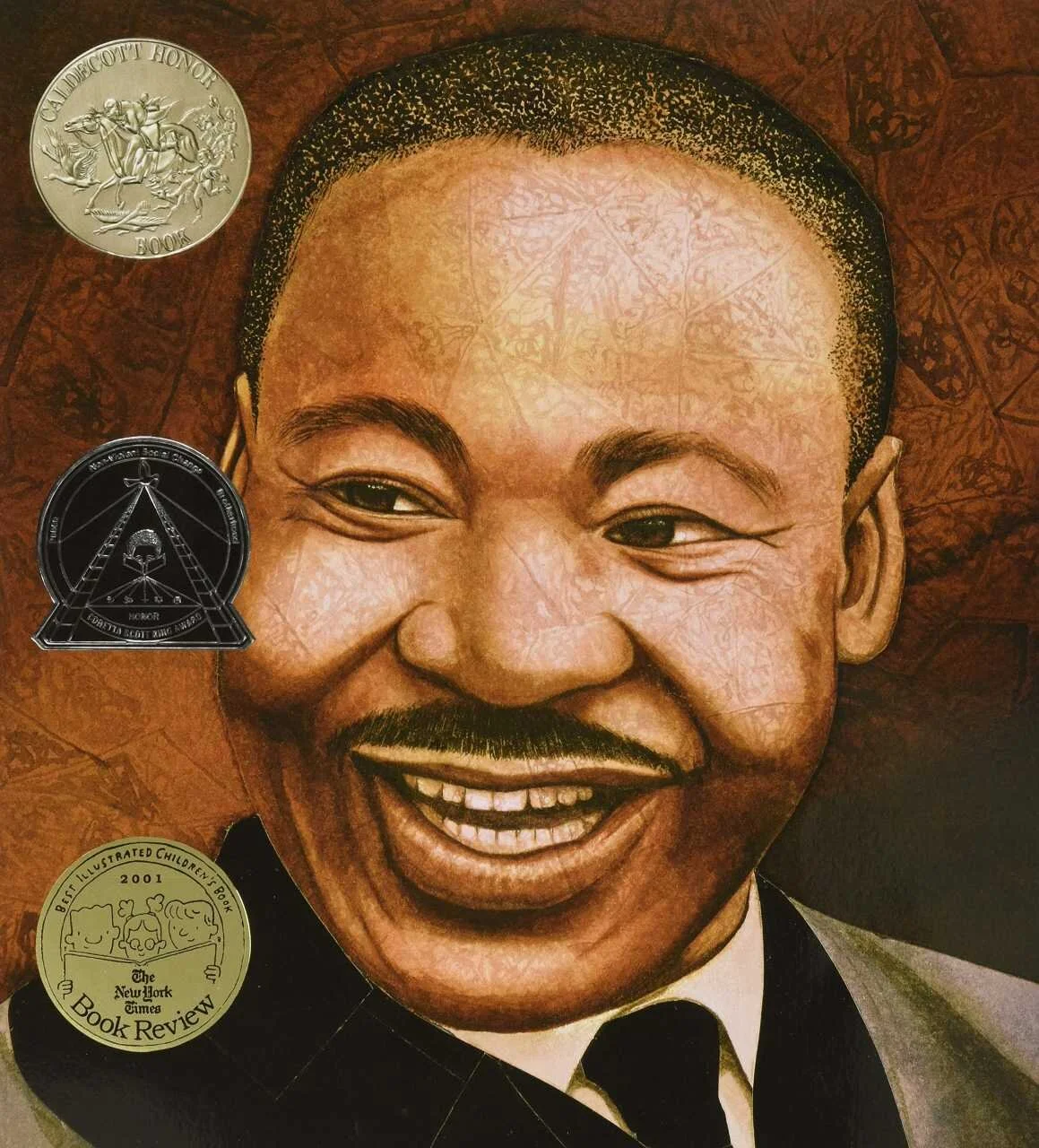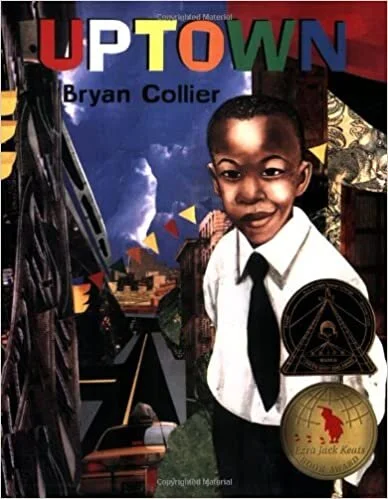My heart tried to put up a fight against this book. It lost.
The book Knock, Knock has officially tapped its way deep into my heart. And it wasn’t easy.
I read this book for the first time a few days ago, and I felt terribly disappointed by it. There is no tidy hero and no tidy villain, and for a simpleton like myself, it is downright confusing.
But most of all, it is very, very sad.
“No thanks,” I thought and moved on to a book about a bunny’s birthday.
But later this week, I found myself thinking a lot about Knock, Knock. Something about this strange, sad picture book was begging me to read it again and to make sense of it. “Oh what the heck, I’ll write a post about the illustrations,” I thought. “Those were really cool.”
And so I pulled the book back out of my stack and gave it another read.
And then another.
And then another.
And by now, the fourth read, I have fallen so deeply in love with this devastating book—with everything about it—that I can physically feel something pushing in my chest right now. It is a feeling like I want to cry and cry and cry, and somewhere, deep in that sadness, it is also a feeling like I want to rejoice. Not tidy, not easy. This is a powerful book.
The Synopsis:
Knock, Knock begins with a boy’s relationship with his father. Every morning, the boy’s dad wakes him and nudges him warmly out of bed. But within just a few pages, the boy’s father vanishes. It is unclear to the boy, and to the reader, where he has gone, but he leaves a terrible void.
One day, the boy receives a letter from his father instructing him how to grow up. We watch as the boy grows older, and over time, he discovers how the strength of his father’s love has endured within him to make him the man he is today.
The Earth-Shattering Spoken Word Text:
The text of this book was written as part of a spoken monologue by writer, performer, and educator Daniel Beaty. He was inspired by his own childhood experience of watching his beloved father disappear from his life after an incarceration.
Until I watched him perform Knock, Knock in the following video, I really underestimated how powerful this piece of writing could be. This 2:34 minute-long performance will absolutely knock you off your feet. Brace yourself. No seriously, brace yourself:
The Breathtaking Illustrations:
The illustrations for Knock, Knock were created in watercolor and collage by famed illustrator Bryan Collier. His work has received the Caldecott Medal four times and the Coretta Scott King Award nine times. Some of his books are below:
Collier’s illustrations absolutely brim with power. The painting below, for example, is intoxicating, and every time I look at it, I find myself pulled deeper and deeper into the boy’s eyes. I see so much, but most of all, I see all the children I have known who are already hardened to the pain of life. Like so many others, the boy has the look of somebody who is trying to decide whether to believe in hope or whether to give in to hopelessness. It breaks my heart:
The Toll of Incarceration
Although incarceration is only mentioned explicitly in the author’s note at the end of the book, Knock, Knock is—implicitly—about the void left by a father who is taken to prison. It is worth noting, then, that there are currently 2.7 million children in the U.S. whose parents are incarcerated, and a staggering 10 million children total have experienced parental incarceration at some point. That means that if you’re reading Knock, Knock in a classroom or library setting, there’s a good chance that one of the children in your audience has experienced the pain of this story firsthand.
While researching this post, I was heartened to learn of Project Avary, a non-profit in the San Francisco Bay area working to help and heal the 800,000 children of incarcerated parents in California. Specifically, Project Avary operates outdoor camps and activities to address the unique emotional needs of these children.
Take a look at this moving video:
But is Knock, Knock appropriate for young children?
This is a tough book, and in many ways it reminded me of the deeply emotional Sad Book by Michael Rosen.
But for all its sadness, Knock, Knock is not a depressing story. It is in fact a story of extraordinary triumph, and with each read, I have felt this triumph more and more deeply.
Still, I do believe this is the kind of book that should be framed within a careful conversation. Regardless of their background, children will inevitably understand the heartbreak of losing a parent. But as with any topic, children will come to this topic with a range of lived experiences, so if you are reading this book in a classroom, be sensitive to the realities of each child.
More Resources:
Addressing Issues of Childhood Trauma Through Picture Books
Top 10 Things You Should Know About Working with Children of Incarcerated Parents
National Institute of Corrections: Children of Incarcerated Parents




















